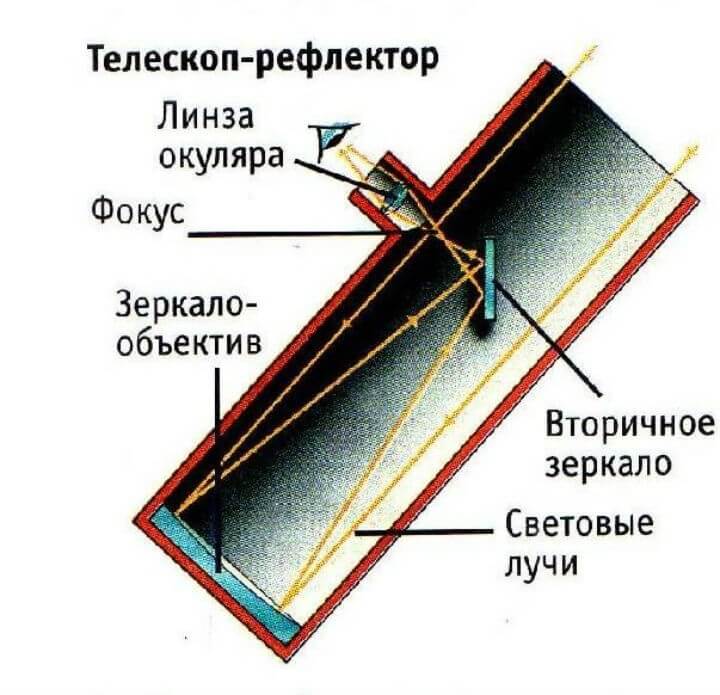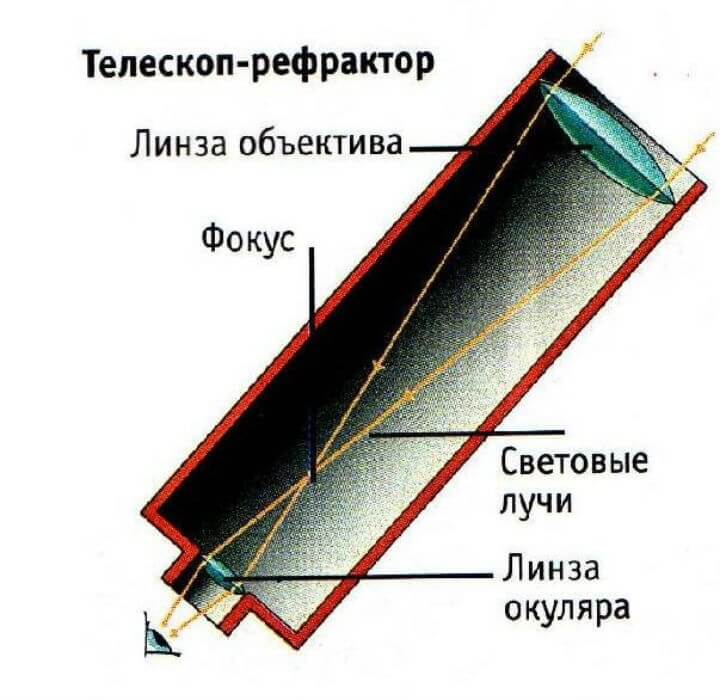- Get link
- X
- Other Apps
- Get link
- X
- Other Apps

Man at all times attracted the sky. Especially the starry night sky. And to look at the stars was inherent not only to thinkers or astrologers, but also it was interesting to mere mortals. In our time, observing the stars through a telescope is becoming less and less difficult in terms of the accessibility of the process. But no less romantic and fascinating.
Since the days of the Soviet Union, observers of celestial bodies have become accustomed to visiting the observatory. To do this, even organized excursions to such institutions, which had the goal of introducing the inhabitants to astronomy. With today's technology development, this is not necessary. You can watch the planets, constellations or the Moon without leaving your home, through a computer on special sites with online broadcasting from space agencies telescopes, or simply by buying your own home telescope, the choice of which is very large on the market.
Many modern manufacturers produce a variety of models of telescopes, such as reflex, refractor and mirror-lens. Moreover, all these models can be used in ground-based observations of space bodies. Also on sale are instruments for photographing astronomical objects and telescopes, which are even designed just to decorate the interior.
In a simplified representation, the basic principle of the telescope is the process of processing electromagnetic waves emitted by the object of study. The focused image that has fallen into the lens of the device due to the light signals that are amplified by special filters is displayed in an enlarged view.

So, when choosing a telescope, it is necessary to take into account not only its price according to the principle “the more expensive the better”, especially since this is not always the case, but it is also desirable to know some necessary selection criteria depending on the objectives of the acquisition directly by the buyer.
1. The design of the telescope (refractors, reflectors).
The reflector is an optical telescope that uses a mirror as a light-collecting element.

The first reflector was built by Isaac Newton at the end of 1668. This made it possible to get rid of the main drawback of refractor telescopes used at that time — significant chromatic aberration (parasitic light dispersion) passing through the optical system (photographic lens, binoculars, microscope, telescope, etc.). At the same time, white light is decomposed into its component colored rays, as a result of which images of an object in different colors do not coincide in the space of images).

Roughly speaking, a refractor is a tube equipped with an optical system and an eyepiece at different ends, which perfectly magnify an object, but poorly collect light. Thus, choosing a telescope-refractor is already irrelevant today, but it is more accessible by price.
2. "Size does matter."
If you are going to buy a telescope for your home, you need to determine in advance the place of its future location and take the necessary measurements. The parameters of the home telescope are usually placed in a diameter of 60-200 mm in the case of the choice of a telescope-refractor and 70-250 mm - for a reflecting telescope. The length of the pipe is typically 300-1000 mm. If the apartment is compact, then a compact type of device is recommended, for example, a reflex model.
Today, the American Celestron is the leader in the market of modern "household" telescopes. According to the overall parameter for home use conditions of the telescope, the best option is Celestron AstroMaster.

3. Computer integration.
The presence of this function of the telescope will allow not only photographing space objects directly using a computer interface, but also even conduct seminars online. According to this parameter, another model of the above manufacturer is in demand - NexStar 4 SE or 6 SE.

4. The magnifying capability of the telescope.
This is perhaps one of the main parameters for the selection of a telescope. Depending on its value, simple amateur instruments allow you to observe only objects of the solar system, and powerful devices will enable the lens to capture all sorts of objects included in the NGC catalog (from the new General Catalog of Nebulae and Clusters of Stars). clusters ").
When choosing a "device" for home use, it is important to remember that a telescope equipped with powerful optics and high-quality mechanics is much more reliable and easier to operate.
For example, the automatic finder of the same company, Celestron StarPointer, makes it easy to point a telescope at an object by focusing on a given point on its own, which is much faster than this happens when working with an optical finder.

As the software that allows the telescope to interact with a computer, the same company Celestron developed the program "The Sky Level i", which comes bundled with their telescopes and allows you to explore space objects in all details. A 20-mm eyepiece, equipped with a wrapping system, allows you to receive a direct image immediately.
By the way, to equip your home with such equipment will be about 150-200 dollars, which, in fact, is not so much compared with the prospect of being able to observe all the most interesting things in outer space at any moment, and perhaps even do any discovery. And besides, you can always invite the person you are interested in to “watch the stars” and surprise him with the actual presence of such a system for observation.
The article is based on materials .
- Get link
- X
- Other Apps
Comments
Post a Comment